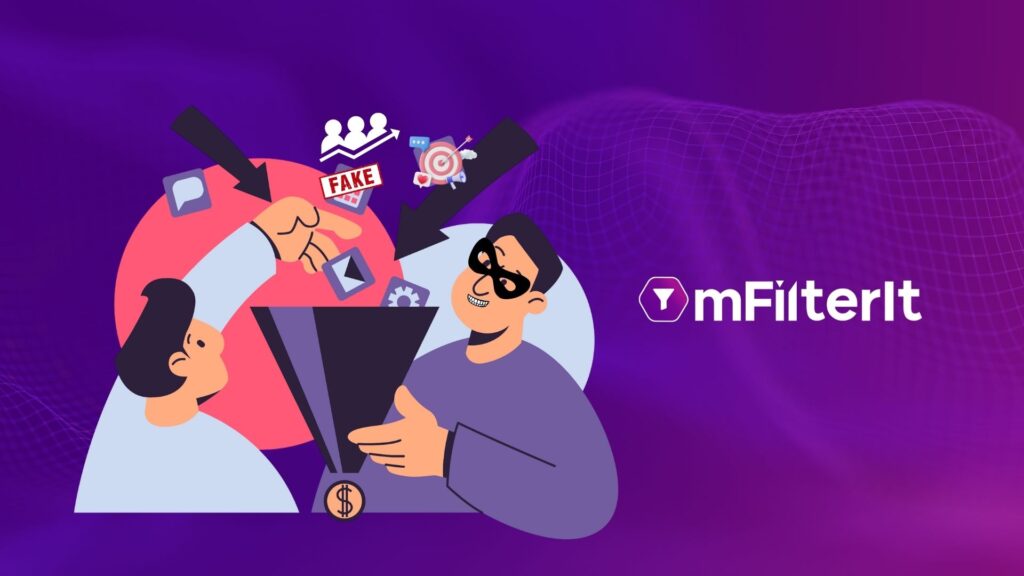The pandemic has brought a revolution in the adoption of digital payments among consumers. In the past two years, approximately 68% of Indian consumers have started using mobile payment apps, while 94 percent of Gen Z consumers have started owning mobile wallets. However, with the changing habits of the consumers, the fraudsters are also actively looking for different ways to defraud consumers.
In the past year, 34% of consumers have reported financial fraud. This number rises to 41 percent for the people between the age group between 25-29 years. To protect the consumers, over the years different financial institutions have come forward with RBI to provide a consumer redressal mechanism against financial fraud. Know in detail about the types of online financial frauds happening in India costing consumers monetary losses and how you can act against it.
Table of Contents
ToggleTypes of Online Financial Frauds
- Phishing Scam
In this case, a fraudster creates a phishing website that mimics the legitimate website of a bank, e-commerce, search engine, etc. After this, the fraudsters share the link to these websites using various mediums like social media, email, SMS, and Instant Messenger.
Many of the users click on these URLs and enter their security credentials like their CVV pin, One Time Password (OTP), password, etc. This information is later used by the fraudsters to commit financial fraud and steal money from the consumer’s account.
- Vishing Scam
The fraudsters often claim to be bankers, insurance agents, government officials, and firm executives and approach consumers over the phone or social media for information. They approach the customers and win their trust by disclosing basic information like name, date of birth, etc.
Once they win the trust, the imposters trick the customers to share confidential information like OTPs, PINs, passwords, and CVVs. They also impose urgency by sharing different emergency cases like the need of blocking an unauthorized transaction, winning discounts, or avoid penalties.
- Online Shopping Fraud
This is quite a common way nowadays that cyber fraudsters use to dupe people online. There are different ways the imposters commit this type of fraud. In one of the cases, the cybercriminals make a duplicate website of some legitimate brand and offer cheap products. They convince the customer to pay online and after the payment is done, the customer doesn’t receive the ordered product.
In another variant, the fraudsters create a new website and sell products at a cheap price. Similar to the above case, here also the customer pays but doesn’t receive the product. Some fraudsters also add a policy in which if the customer buys a product that costs more than a dedicated amount, the customer can get a chance to win an expensive gift at no extra cost. Once the customer purchases the gift, they get a call from a “customer service” of the fake website asking the customer to pay a refundable amount. In this way, the fraudster induces the buyer to deposit money.
The fraudsters circulate various app links via SMS, email, social media, and instant messenger, which appear similar to the existing apps of authorized companies. Once a customer clicks on these links to download an unknown and unverified app, the fraudster gets access to their device without their knowledge. This means that they also get access to confidential details stored in the device.
In addition to this, some screen-sharing apps give fraudsters control to watch the customer’s device and gain access to financial credentials. Using this confidential information, the fraudsters can make unauthorized transfers of funds or make payments by using the customer’s payment apps.
- Search Engine Scam
Consumers use a search engine to find contact details of banks, insurance companies, or any other company. Meanwhile, the fraudsters set a trap for the unaware consumers. The fraudsters modify the contact details on search engines and make them look like legitimate entities.
When the customers contact these unknown and unverified numbers, the fraudsters ask them to share their confidential details like card credentials or details for verification. And the consumers assume that they are genuine representatives of the RE and share their details.
As the use of social media is growing, fraudsters have made it a breeding ground to dupe people and get their confidential details. To fool the customers, the fraudsters create fake accounts using the acquired data of the users. After this, they contact different consumers for money in exchange for fancy deals and discounts. In some cases, the fraudsters also use the private information of the users to blackmail and extort money.
Consumer Redressal Mechanism for Financial Frauds
To protect the consumers from the implication of financial fraud, the Ministry of Home affairs has operationalized the national Helpline 155260 and a reporting platform. The helpline and the reporting platform have been started under the umbrella of the Indian Cyber Crime Coordination Centre (I4C) under the Ministry of Home Affairs. This initiative was further given support by the Reserve Bank of India (RBI), other major banks, Payment Banks, Wallets, and Online Merchants.
The citizen financial cyber fraud reporting and management system has been set up in-house by the I4C to integrate Banks, Law Enforcement Agencies, and Financial Intermediaries.
Currently, this helpline is utilized in seven states and Union Territories (Chhattisgarh, Delhi, Madhya Pradesh, Telangana, Rajasthan, Uttarakhand, and Uttar Pradesh). These locations cover more than 35 percent of the country’s population.
By leveraging the new-age technologies, this redressal mechanism empowers both the bank and the police. It helps to share online fraud-related information and take appropriate action in real-time. The loss of the defrauded money in online cheating cases can be avoided by stopping the money trail before it goes further and moves out of the digital ecosystem.
How does this operate
The Helpline and its associated platform work according to the following process:
- The financial fraud victims can contact Helpline no. 155260, which is managed and operated by the concerned State Police.
- The designated operators take down the fraud transaction details and the basic personal information of the caller and submit them in the form of a Ticket on the Citizen Financial Cyber Frauds Reporting and Management System.
- From here the ticket is escalated to the concerned Banks, Wallets, Merchants, etc, depending on the victim’s bank or the bank/ where the defrauded money has gone.
- In addition to this, an SMS is sent to the victim which also holds the acknowledgment number of the complaint. It also contains the direction to submit the complete details of the fraud on the National Cybercrime Reporting Portal within 24 hours by using the acknowledgment number.
- Once the ticket is raised by the victim, the concerned Bank can see the ticket on the dashboard of the Reporting Portal. They can further do a check into their internal systems.
- If the defrauded money is present in the bank, they put that on hold. This means that the fraudster cannot access this money. In case the money is moved to another Bank, the ticket is escalated to the next Bank to which the money has been moved out. This process is continuously repeated until the money is safe from the hands of the fraudsters.
- Currently all the major public and private sector banks including State Bank of India, Punjab National Bank, Bank of Baroda, Union Bank, HDFC Bank, ICICI Bank, Kotak Mahindra Bank, IndusInd, etc. are onboarded for the Helpline and its reporting platform. It also has some major wallets and merchants like Paytm, Flipkart, Amazon, PhonePe, etc on the list.
How Brands Can Protect Their Consumers
- Provide Dedicated Forum: To understand the problems of the customer, the brands can set up a forum or contact channel. In this forum, the customers can report suspicious behavior or their bad experiences directly. Some of the frauds are easy to detect with the help of information given by customers. Thus, the brands must provide an accessible platform to report the issues.
- Notice Signs of Fraud: The brands can ensure to lessen the impact of fraud by identifying the actions of fraudsters earlier. To stay informed, follow the latest trends and policy developments to leave fewer loopholes for fraudsters to crack. The more the brand is vulnerable, the higher the chances are for it to be a victim of fraud and compromise the safety of its consumers.
- Collaborate with an ad-fraud prevention solution provider: Fraud protection has become a necessity rather than a choice. By prioritizing the protection of online transactions, the brands can ensure that their customers don’t become the victim of the fraud. This in turn also protects the brand’s reputation and gains the trust of the consumers. mFilterIt’s Ad Traffic Validation suite and Brand safety solutions can ensure that your brand’s ads don’t show at masked websites or unsafe placements.
The chances of becoming a financial fraud victim are inevitable but staying alert and taking the right action at the right time can ensure the consequences are lower. The law enforcement agencies and the big financial institutions have incorporated a solution for ensuring that the fraudsters cannot fool the customers. However, as a consumer, it is important to stay cautious and not to sway away under the false and shiny pretenses that fraudsters offer. On the other hand, the brands must also ensure that their customers are not losing their valuable money due to fraud. They need to take the right measures to protect their rights.







